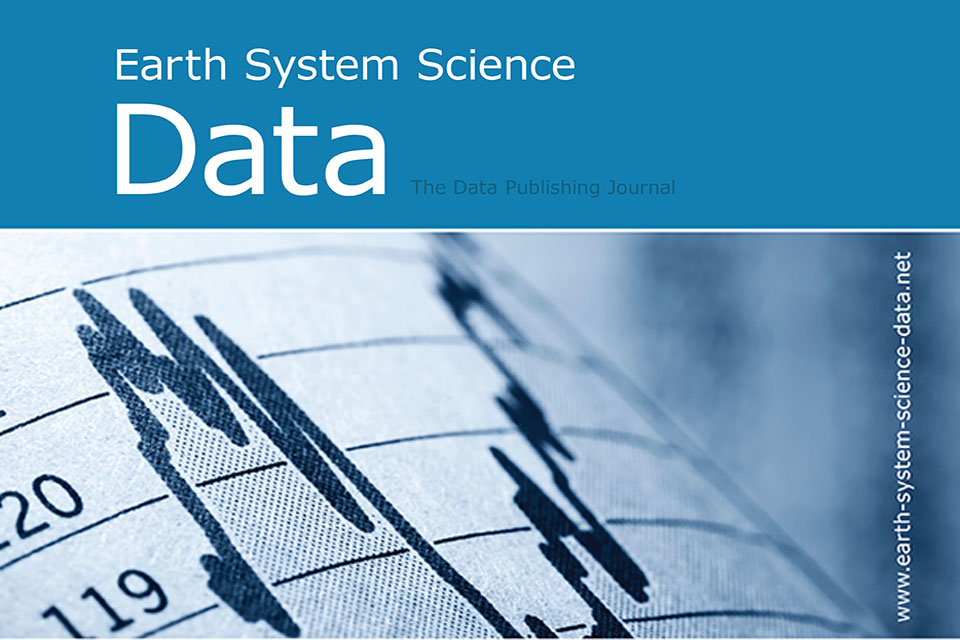The paper is open access and can be downloaded here.
Abstract
Fluid injection into geological formations for energy resource development frequently induces (micro)seismicity. Moderate- to large-magnitude induced earthquakes may cause injuries and/or economic loss, with the consequence of jeopardizing the operation and future development of these geo-energy projects. To achieve an improved understanding of the mechanisms of induced seismicity, develop forecasting tools and manage the associated risks, it is necessary to carefully examine seismic data from reported cases of induced seismicity and the parameters controlling them. However, these data are challenging to gather together and are time-consuming to collate as they come from different disciplines and sources.
Here, we present a publicly available, multi-physical database of injection-induced seismicity (Kivi et al., 2022a; https://doi.org/10.20350/digitalCSIC/14813), sourced from an extensive review of published documents. Currently, it contains 158 datasets of induced seismicity caused by various subsurface energy-related applications worldwide. Each dataset covers a wide range of variables, delineating general site information, host rock properties, in situ geologic and tectonic conditions, fault characteristics, conducted field operations, and recorded seismic activities. We publish the database in flat-file formats (i.e., .xls and .csv tables) to facilitate its dissemination and utilization by geoscientists while keeping it directly readable by computer codes for convenient data manipulation.
The multi-disciplinary content of this database adds unique value to databases focusing only on seismicity data. In particular, the collected data aim at facilitating the understanding of the spatiotemporal occurrence of induced earthquakes, the diagnosis of potential triggering mechanisms, and the development of scaling relations of maximum possible earthquake magnitudes and operational parameters. The database will boost research in seismic hazard forecasting and mitigation, paving the way for increasing contributions of geo-energy resources to meeting net-zero carbon emissions.

A figure from the paper schematically illustrating the main geo-energy applications linked with induced seismicity. Earthquakes have reportedly been induced by tight and shale gas fracturing, conventional oil and gas development activities, deep wastewater disposal, geologic storage of natural gas or CO2, and geothermal energy exploitation and research projects.

